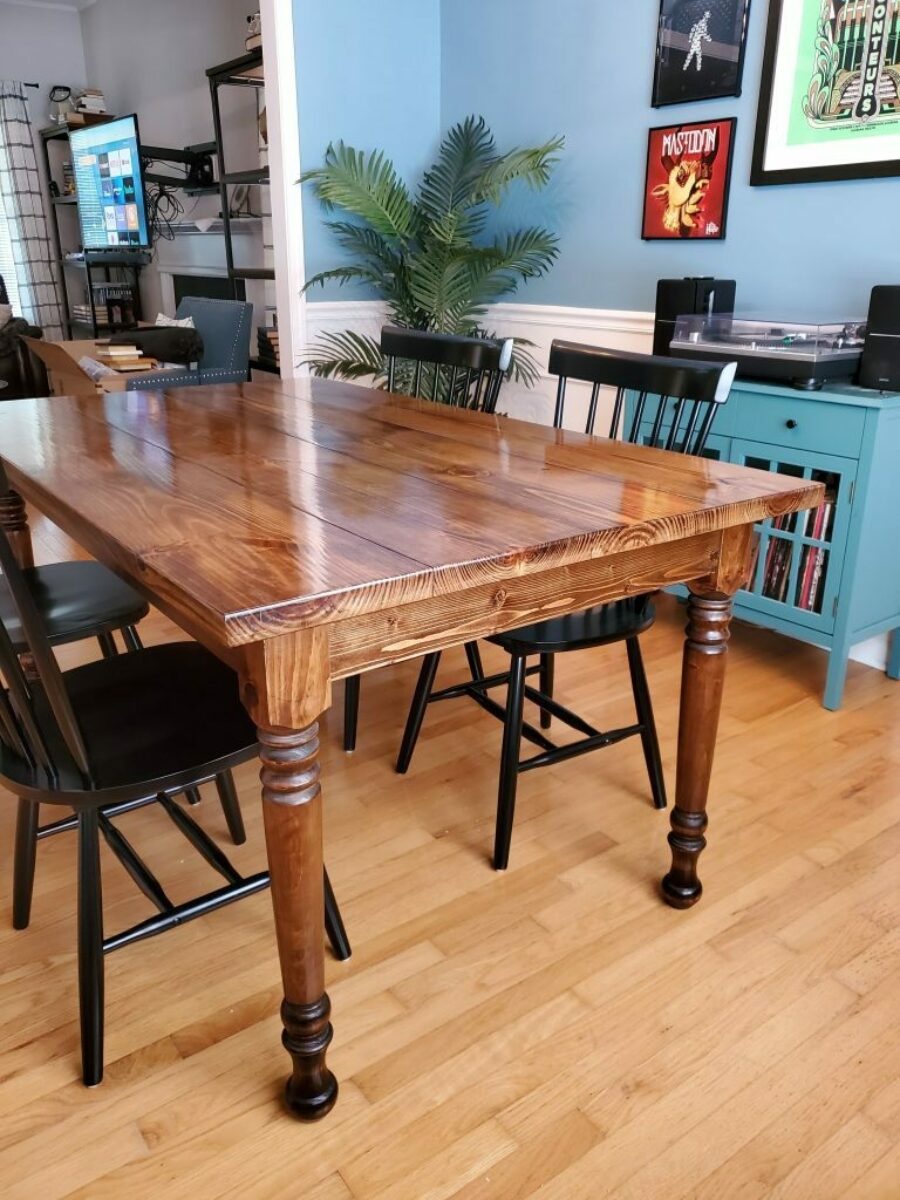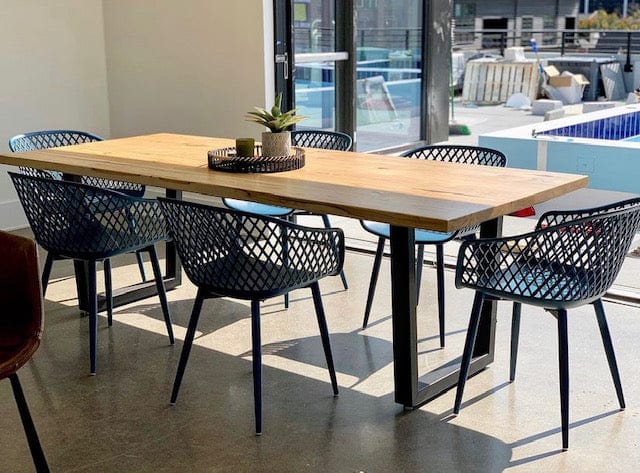How the Right Dining Room Table Legs Can Complete Your Dining Room Look
How the Right Dining Room Table Legs Can Complete Your Dining Room Look
Blog Article
From Conventional to Modern: Find the Ideal Dining-room Table Legs for Your Style
While classic designs such as cabriole and transformed legs evoke a sense of classic elegance, modern styles like barrette and geometric choices provide a chance for striking aesthetic rate of interest. As you take into consideration these aspects, the question stays: just how can you seamlessly integrate these diverse leg styles to create a harmonious eating experience?
Understanding Table Leg Styles
The selection of dining area table leg styles can substantially affect both the appearances and capability of the space. Each leg style contributes one-of-a-kind useful functions and aesthetic components, dealing with varied design choices and use needs. Recognizing these designs is essential for picking the ideal dining table that aligns with your total interior decoration vision.
For example, conical legs provide a tidy, classic appearance that can boost a space's elegance, while pedestal bases provide stability and take full advantage of legroom, making them excellent for smaller sized areas. Barrette legs, a hallmark of mid-century modern style, present an industrial style, permitting a ventilated, open feel. Trestle legs stimulate rustic charm, supplying durable support and a sense of eternity.
In addition, the option of products plays a considerable role. Wood legs can bring heat and structure, whereas metal choices typically communicate a sleek, modern ambiance. Eventually, recognizing table leg styles is vital for developing a cohesive dining location that reflects personal style while making sure functionality and convenience. By thoughtfully taking into consideration these aspects, you can improve both the functional and aesthetic allure of your dining area.
Conventional Table Leg Options
When choosing dining-room table legs, traditional alternatives often personify classic beauty and workmanship. These styles show a rich heritage and a dedication to top quality, making them perfect for those who value timeless aesthetics.
One of one of the most famous conventional leg styles is the cabriole leg, characterized by its stylish curved shape. This style frequently features attractive makings and is most frequently discovered in Queen Anne and Chippendale furniture. Another popular alternative is the transformed leg, which boasts a series of smooth, rounded shapes that offer a classic look while maintaining stability.
Furthermore, the straight leg, while simple, offers a sturdy and basic framework that can mix seamlessly with a selection of tabletop designs. For those attracted to ornate describing, claw-and-ball feet legs evoke a feeling of majesty and can work as a magnificent focal point in any kind of eating room.
Lastly, pedestal bases, although not strictly legs, supply an alternative typical alternative that enables adequate legroom and can be magnificently carved. Each of these traditional leg designs adds to the general ambiance of a dining area, marrying function with visual appeal.

Modern Table Leg Layouts
Modern table leg styles supply a diverse variety of styles that emphasize innovative products and clean lines. These designs typically focus on performance while serving as striking centerpieces within a dining room. Minimal visual appeals prevail, with legs crafted from products such as metal, glass, and crafted timber, which add to a ventilated and modern feel.
One popular design is the barrette leg, identified by its slender, tapered structure that provides security without frustrating the table top (dining room table legs). This style is typically found in mid-century modern furnishings and can easily enhance various eating table shapes. An additional trend is making use of geometric shapes, where legs may tackle angular or unbalanced kinds, adding visual passion and a touch of creativity

Mixing Styles for One-of-a-kind Areas
Often, home owners seek to create special dining areas that mirror their personal design by mixing different design components. This approach enables for the unification of varied aesthetics, causing an unified yet distinctive environment. Matching a rustic wooden table with sleek, modern-day metal legs can develop an attractive contrast that raises the area's general allure.
Furthermore, incorporating vintage table legs with modern table tops can stimulate a sense of background while preserving a modern sensibility. Such combinations not just display specific preference yet additionally urge imagination, allowing house owners to curate a space that really feels both individual and welcoming.
Color plays an essential role in this blending process; choosing table legs that enhance or comparison with the you can look here existing color pattern can boost visual rate of interest. Whitewashed legs can soften the daring of a dark table surface, creating a balanced aesthetic.
Tips for Selecting the Right Legs
Picking the right table legs is necessary for achieving both performance and visual allure in your eating room. Begin by considering the total design of your area. Conventional settings gain from legs that include elaborate carvings or turned layouts, while contemporary spaces might ask for smooth, minimalist styles.
Following, evaluate the elevation and stability of the anonymous legs. dining room table legs. Basic dining tables range in between 28 to 30 inches in elevation, so make sure the legs enhance this measurement for comfort. Additionally, robust materials, such as hardwood or steel, can boost stability and longevity
Review the leg shape as well-- choices include straight, tapered, or pedestal layouts. Straight legs supply a timeless appearance, while conical legs can add a touch of sophistication. Pedestal bases supply enough legroom and are excellent for smaller sized spaces.
Final Thought
In recap, selecting the ideal eating room table legs calls for careful consideration of both conventional and contemporary designs. By harmonizing leg style, height, and product with the total decor, a cohesive and welcoming atmosphere can be attained.
The selection of eating area table leg styles can significantly influence both the aesthetic appeals and capability of the space. Ultimately, recognizing table leg styles is crucial for developing a natural eating area that shows individual Read More Here design while ensuring usefulness and comfort.One of the most legendary standard leg styles is the cabriole leg, identified by its elegant curved shape. Straight legs provide a classic look, while conical legs can add a touch of beauty.In summary, choosing the suitable dining space table legs requires mindful consideration of both contemporary and conventional designs.
Report this page